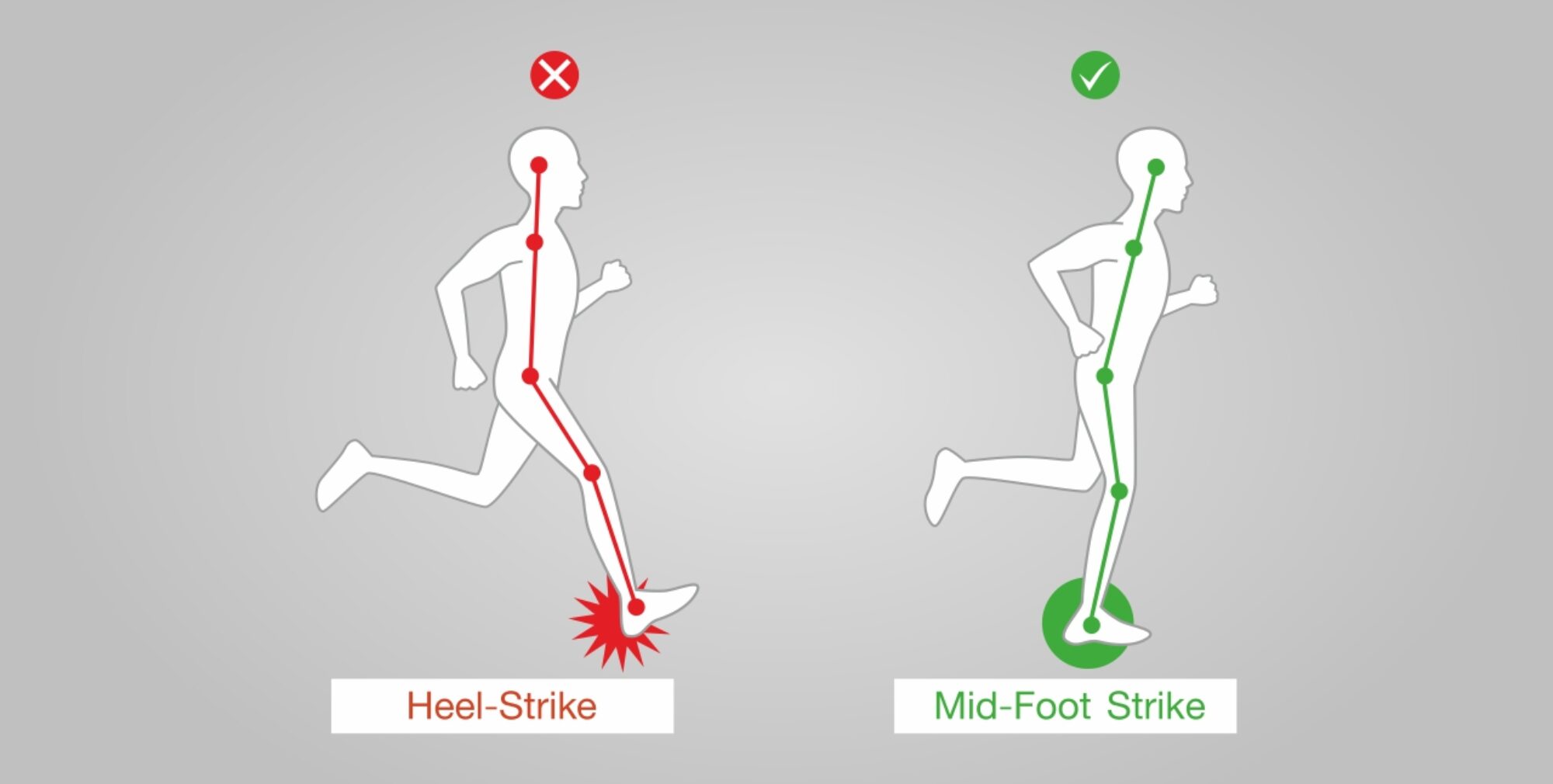Running is a seemingly simple activity, but it is actually quite complex from a physics perspective. In order to run, our bodies must overcome a number of forces, including gravity, air resistance, and friction.
Gravity
Gravity is the force that pulls us towards the ground. It is constantly trying to slow us down as we run. To overcome gravity, we must push off the ground with our feet. The harder we push off the ground, the faster we will accelerate.
Air resistance
Air resistance is the force that opposes our movement through the air. It is caused by the friction between our bodies and the air molecules. Air resistance increases as we run faster. To overcome air resistance, we must streamline our bodies and run with a good cadence.
Friction
Friction is the force that opposes the movement of two surfaces in contact. It is caused by the microscopic interactions between the two surfaces. Friction between our feet and the ground is essential for running, but too much friction can slow us down. To reduce friction, we should run on a smooth surface and wear shoes with good traction.
Center of mass
Our center of mass is the point at which our entire body weight is balanced. When we run, our center of mass moves in a parabolic arc. To keep our balance, we must keep our center of mass over our feet. We do this by swinging our arms and legs in opposite directions.

Running economy
Running economy is a measure of how efficiently we use oxygen while running. A good running economy means that we can run faster for longer without getting tired. To improve our running economy, we should focus on running with a good form and avoiding wasted energy.
Other factors
Other factors that can affect our running include our weight, fitness level, and training routine. The heavier we are, the more force we need to exert to overcome gravity. The more fit we are, the more efficiently we can use oxygen. And the more we train, the better our running economy will become.
The physics of running is a complex topic, but it is important to understand if you want to improve your running performance. By understanding the forces that affect running, you can learn how to overcome them more efficiently.











